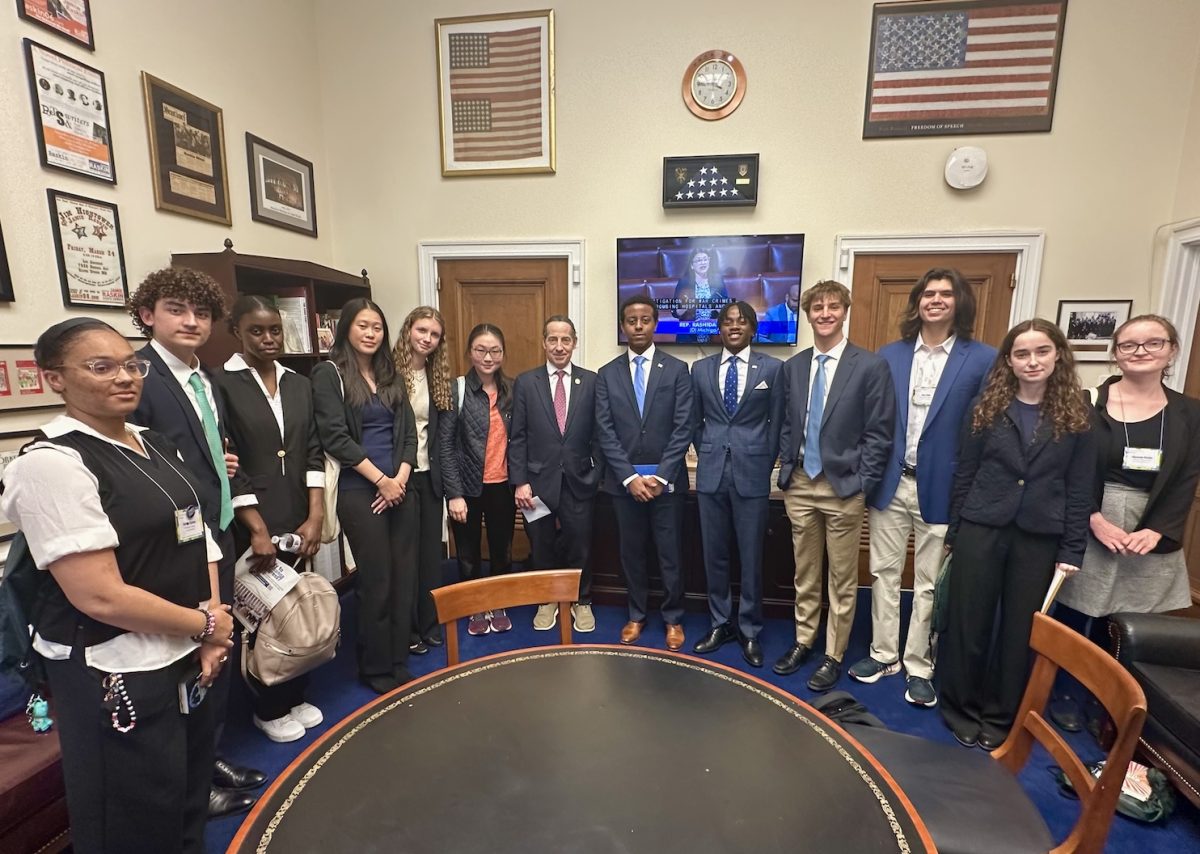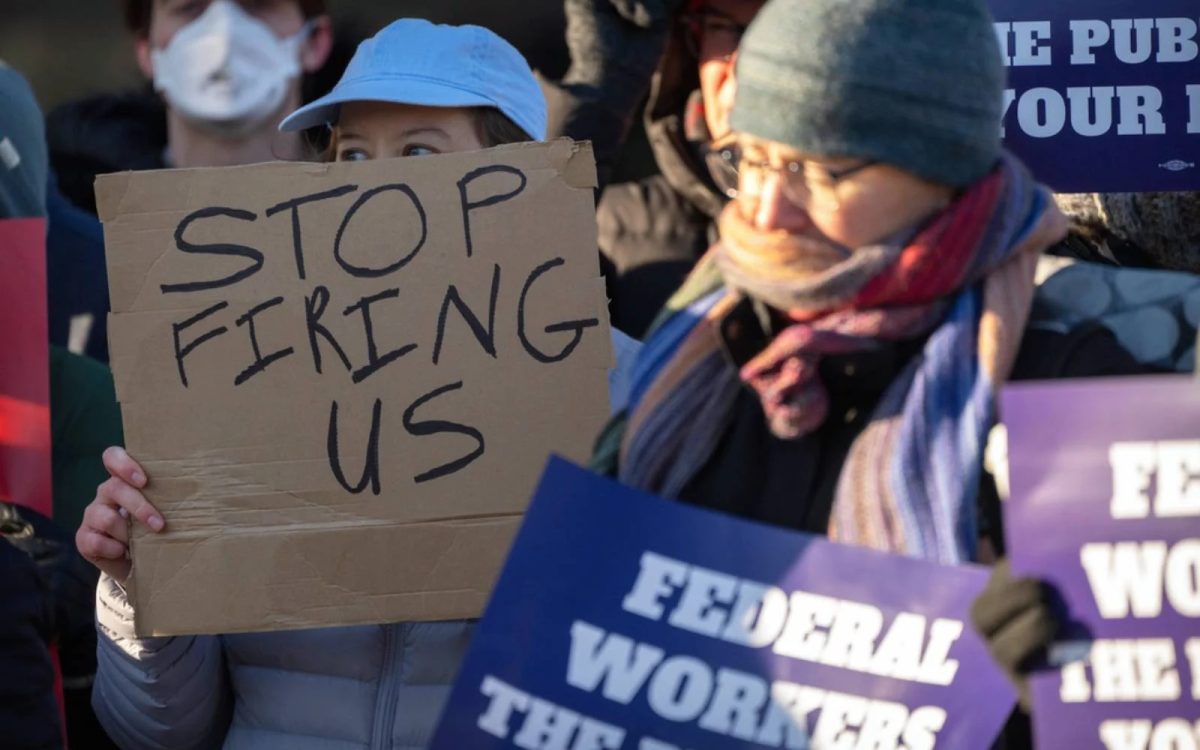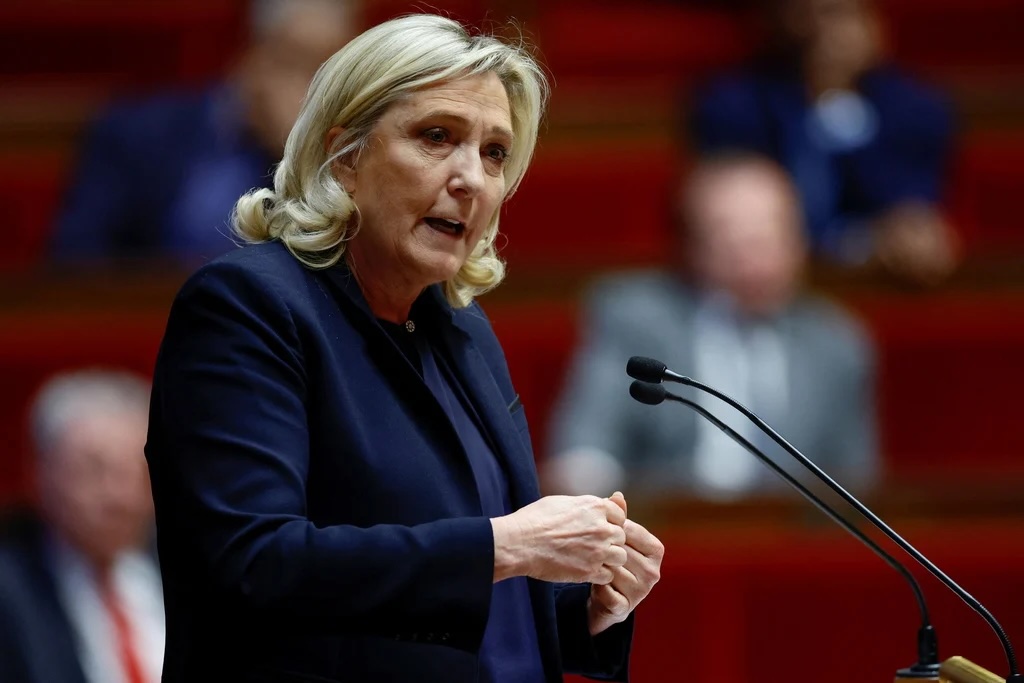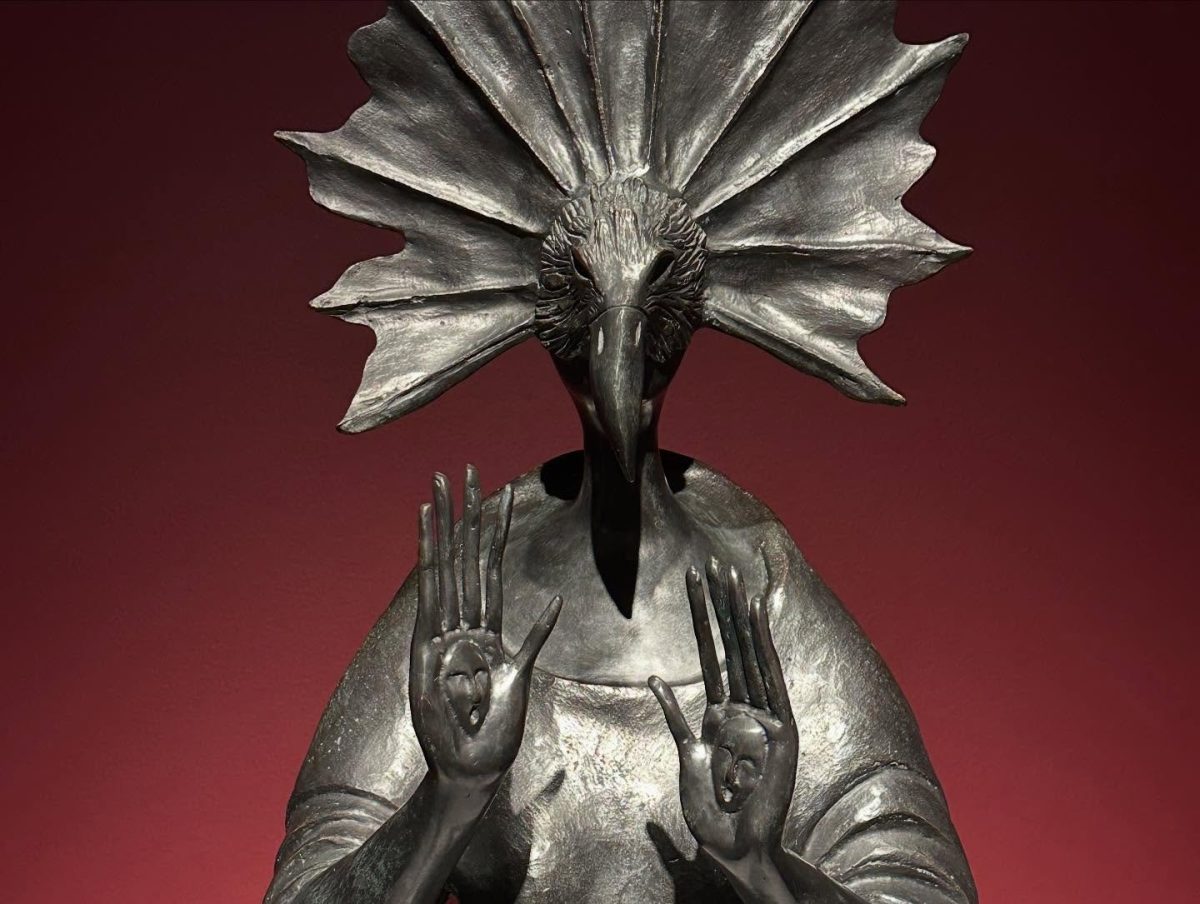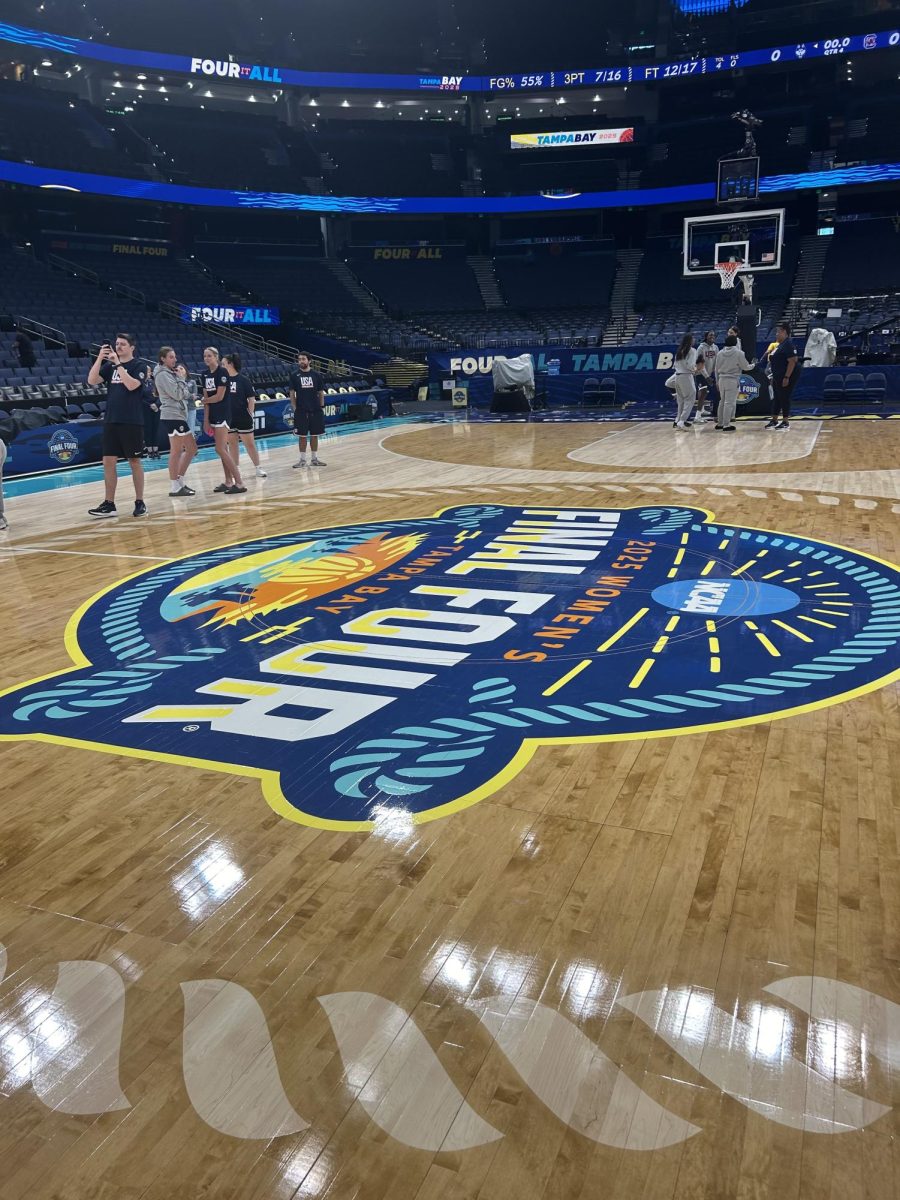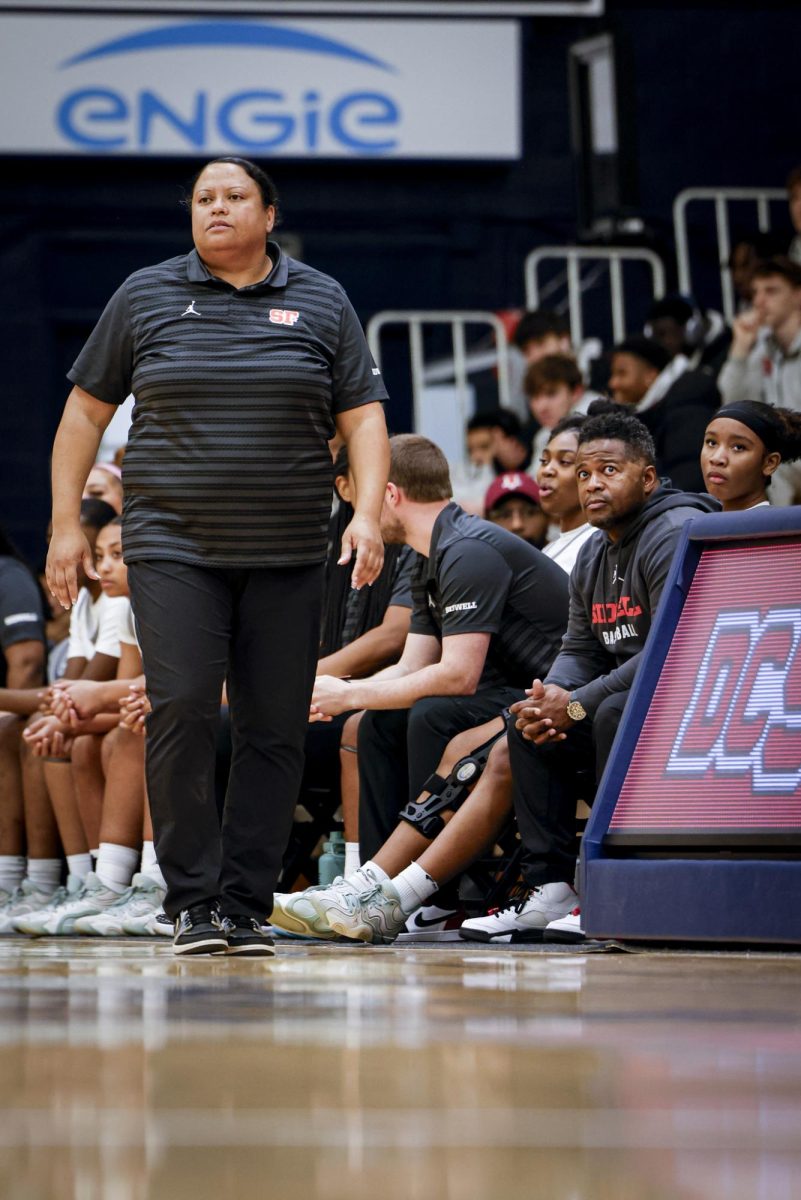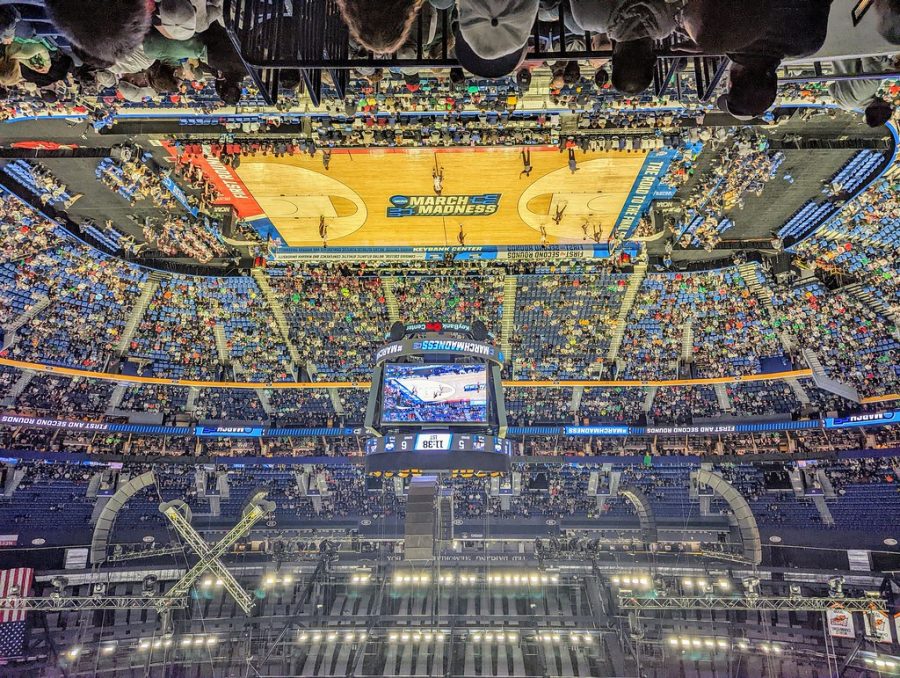March Madness in Review: Sidwell Brackets Disappoint
This year’s NCAA March Madness Tournament concluded in early April and featured bracket-breaking upsets, an underdog story and the re-emergence of an NCAA powerhouse.
In the first round alone, the tournament saw six upsets. Most notably, No. 16 seed Fairleigh Dickinson University (FDU) defeated the No. 1 ranked Purdue Boilermakers. This upset shook brackets and marked FDU as the second team in history to achieve a 16-seed upset. The first team was the University of Maryland-Baltimore County, who defeated the University of Virginia in 2018 before losing to Kansas in the second round. FDU’s run also ended in the second round when the Florida Atlantic University (FAU) Owls defeated them in a close 78-70 finish. This game was FAU’s second victory on their way to the Final Four. Apart from their game against FDU, the Owls were the lower seed in every game they played in this year’s NCAA tournament.
Another popular storyline this year was Ivy League sensation Princeton University. The No. 15 seed began their campaign by upsetting No. 2 Arizona, edging out its competition 59-55. The academic powerhouse continued to break brackets by defeating No. 7 Missouri, a victory that propelled them to the Sweet Sixteen, making the 2023 Princeton Tigers the second Ivy League team to do so. However, the tournament did not see an Elite Eight appearance from the Tigers, as they lost to No. 6 Crieghton 86-75.
The winner of this year’s March Madness, the University of Connecticut Huskies, have been a historically successful team. Before this year, in 35 appearances on the bracket, the Huskies had a 59-32 record. They appeared in five Final Fours and won four national championships in 1999, 2004, 2011 and 2014. However, in both 2021 and 2022, lower-ranked teams eliminated the Huskies in the first round of the tournament. Guard Jordan Hawkins and forward Adama Sanogo headlined this year’s UConn Huskies. According to ESPN, in the regular season, Hawkins averaged 16.2 points per game, shooting 38.8% from three-point range. Sanogo averaged 17.2 points per game with a 60.6% field goal percentage. The pair of sophomores led the team to a fourth-place finish in the Big East conference.
Going into the 2023 tournament, UConn was the No. 4 seed in the West. In the first round, the Huskies took on the Iona Gaels, soundly defeating the No. 13 seed 87-63. UConn continued to dominate its competition in the second round, crushing St. Mary’s 70-55. This victory was particularly impressive given that St. Mary’s was a No. 5 seed. In the Sweet Sixteen, the Huskies made quick work of No. 8 Arkansas with a 88-65 victory, leading them into the Elite Eight where they played No. 3 Gonzaga. Despite expert predictions of a close game that favored UConn to win by just 3 points, the Huskies won 82-54. The Final Four saw another blowout, in which UConn beat Miami 72-59. Going into the finals against San Diego State, UConn outscored its opponents 399-296 across the tournament, more than a 100-point margin. Like its previous victories, UConn’s defeat of San Diego State was done in convincing fashion — the Huskies beat the Aztecs 76-59, the largest defeat in an NCAA championship game in five years. Additionally, UConn became the first No. 4 seed to win since 2014, in which the No. 4 Huskies also ended the tournament victorious.
UConn’s accomplishment added to the chaos of March Madness. According to ESPN, out of over 20 million brackets filled out across various platforms globally, only 2.4% predicted UConn’s victory.
Similarly, in the Sidwell Men’s March Madness Tournament Challenge, not a single student selected the UConn Huskies for the championship game, let alone for a tournament win.



